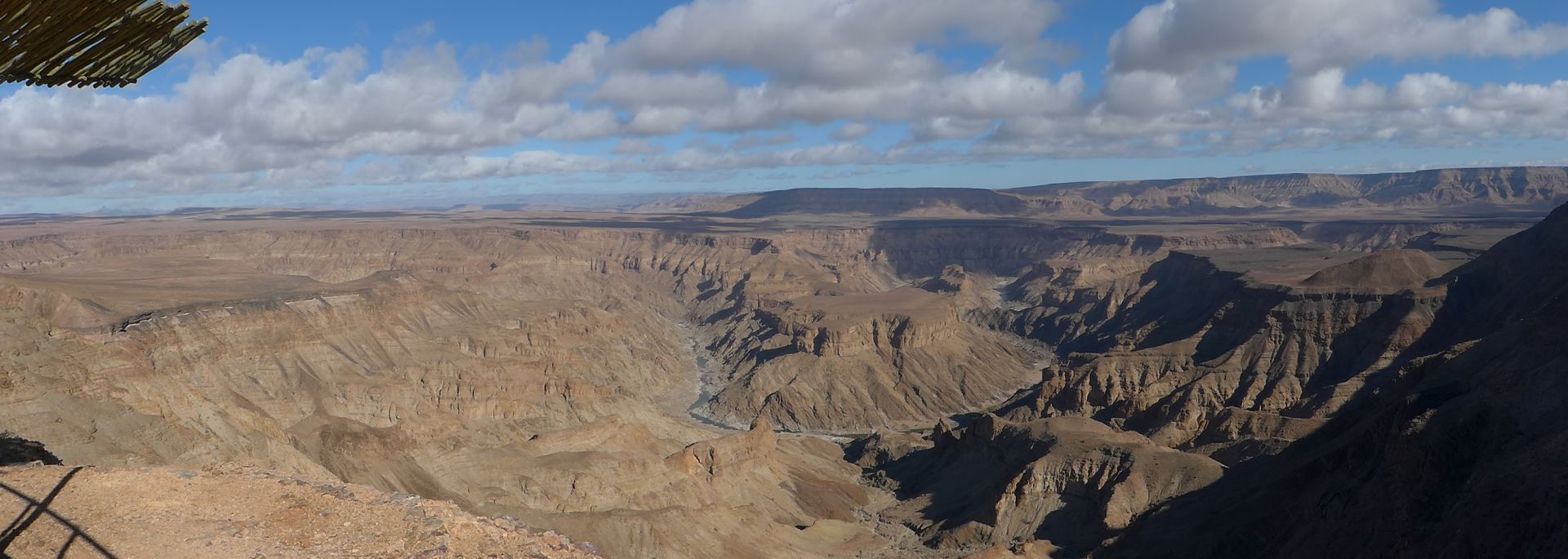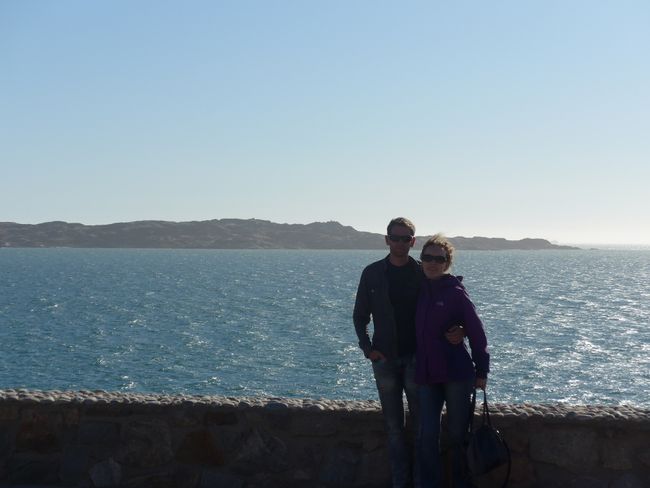Madrid - Day 3 and 4
Publikovaný: 09.05.2018
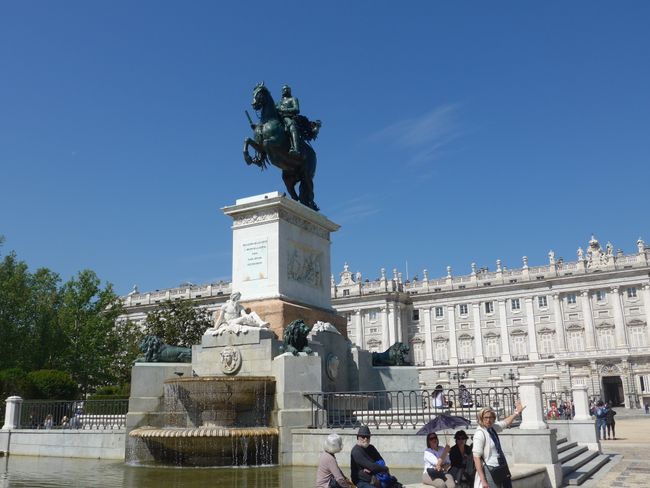
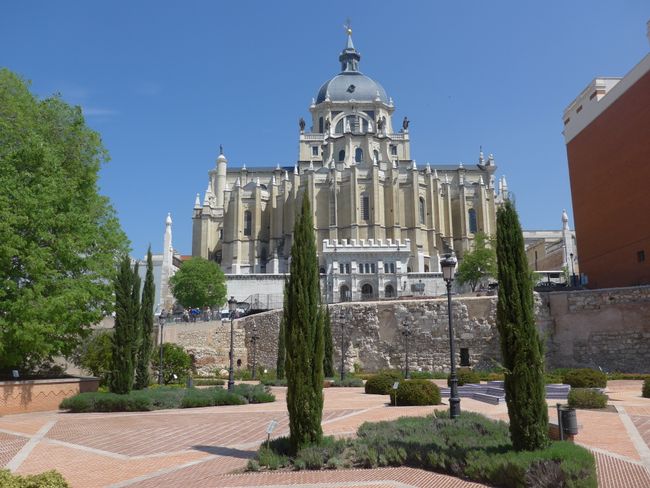
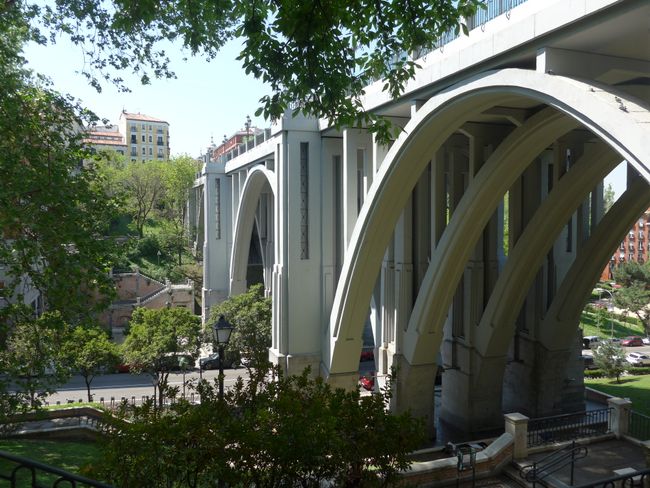
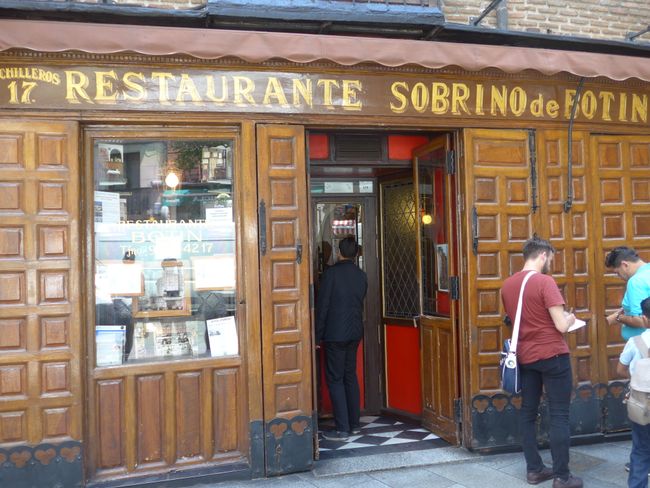
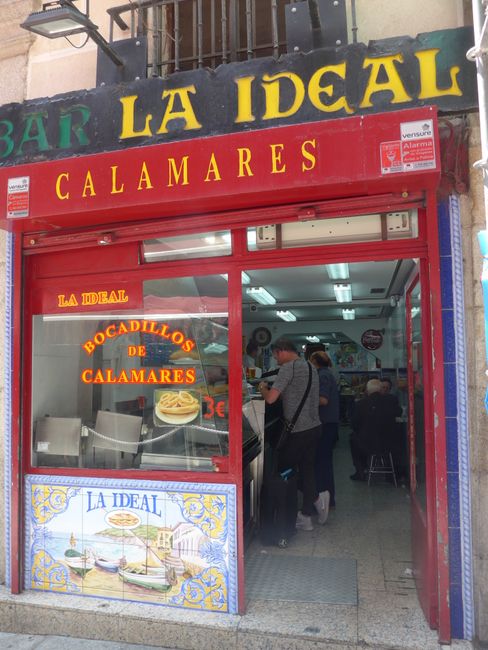
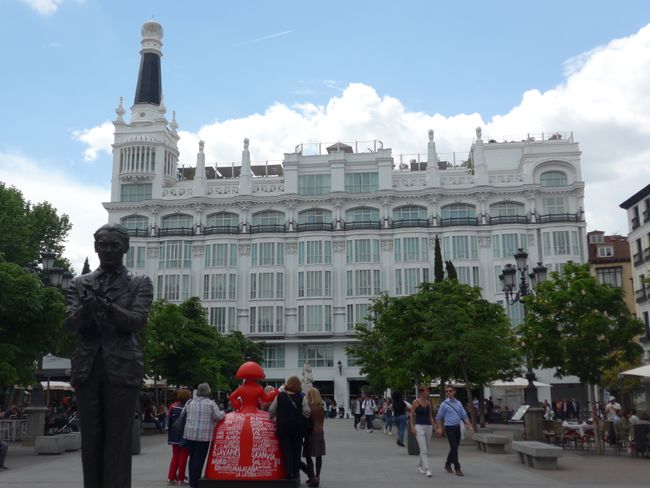
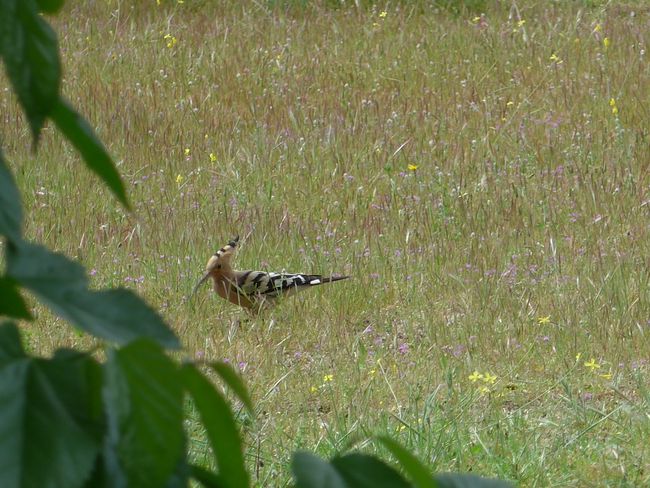
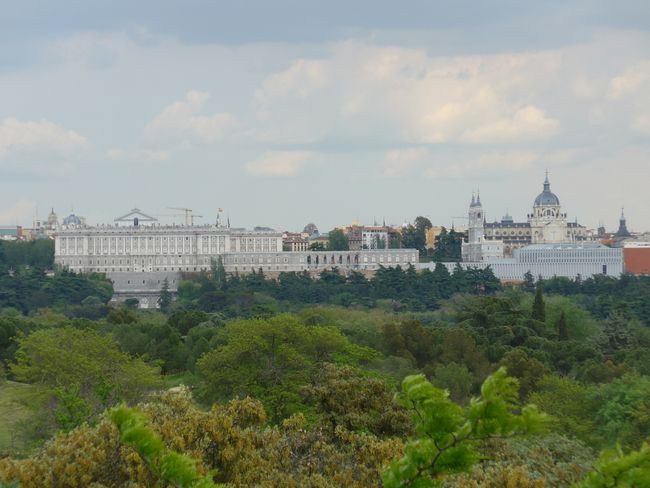
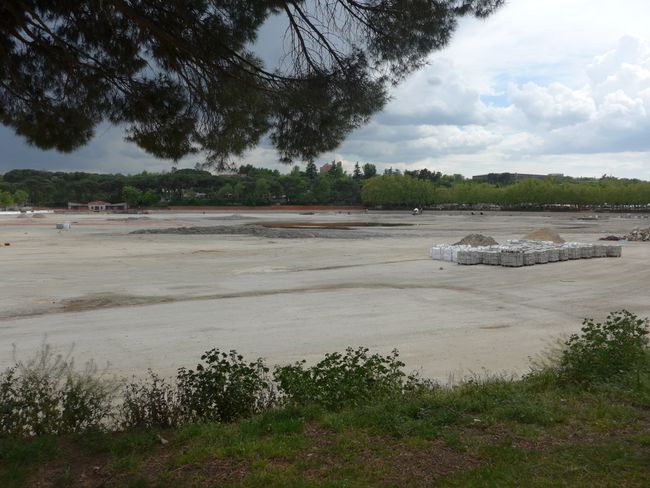
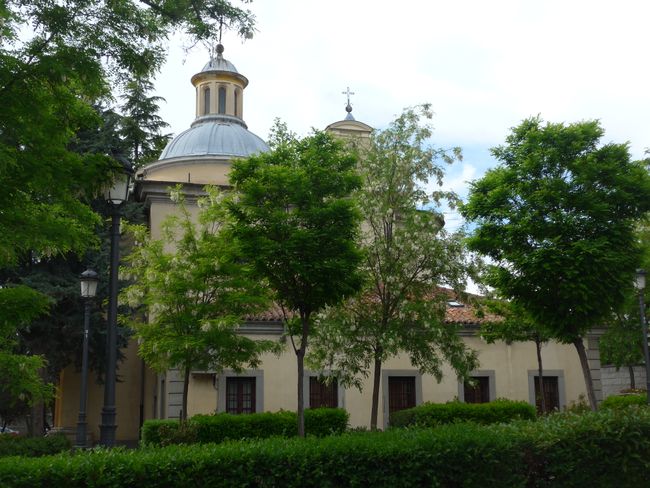
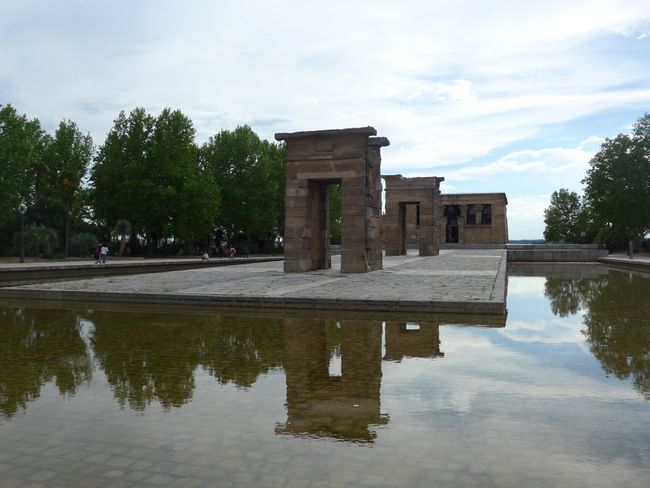
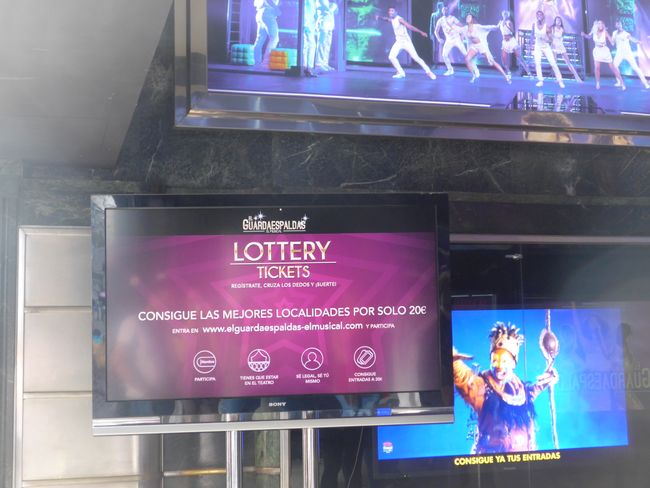
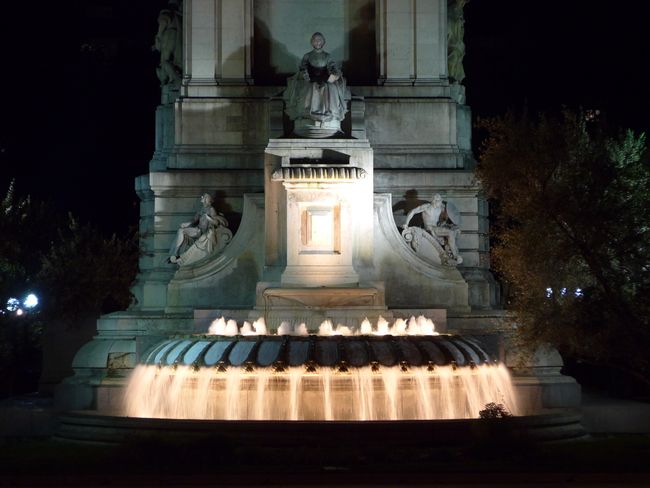
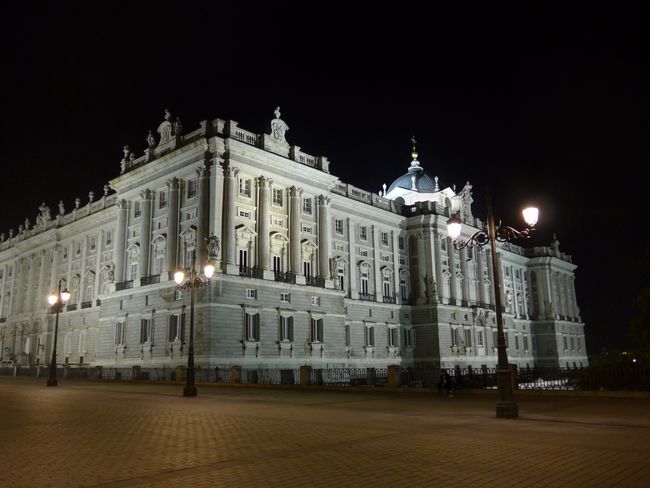
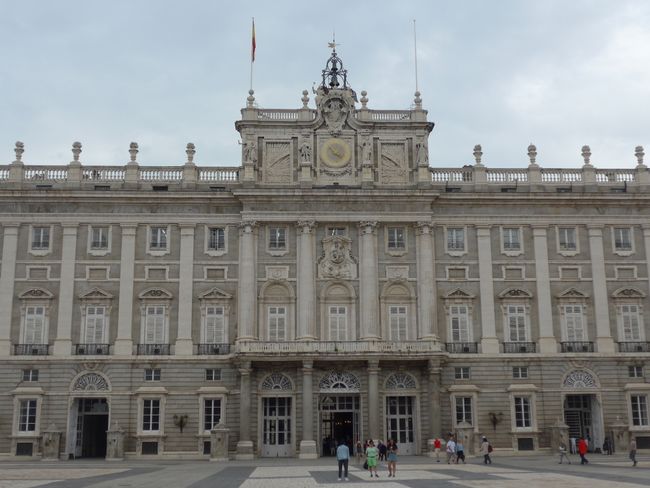
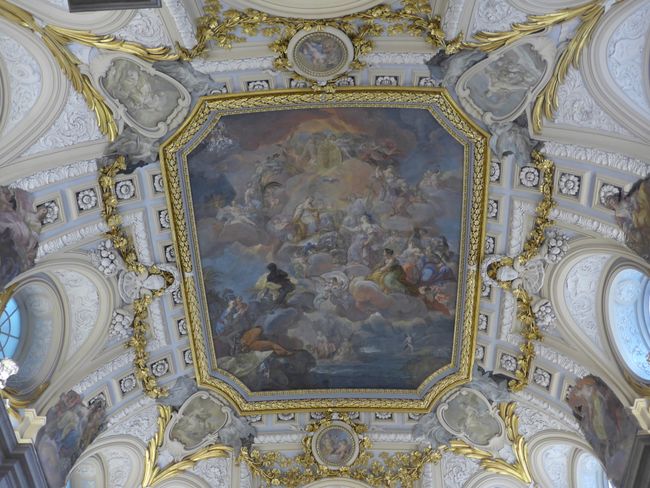
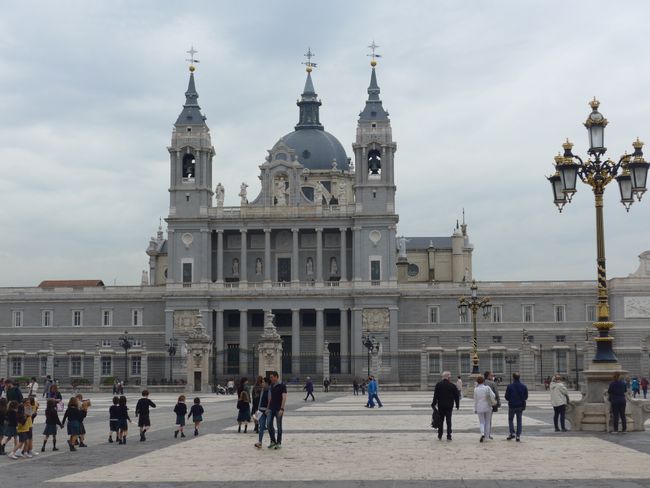
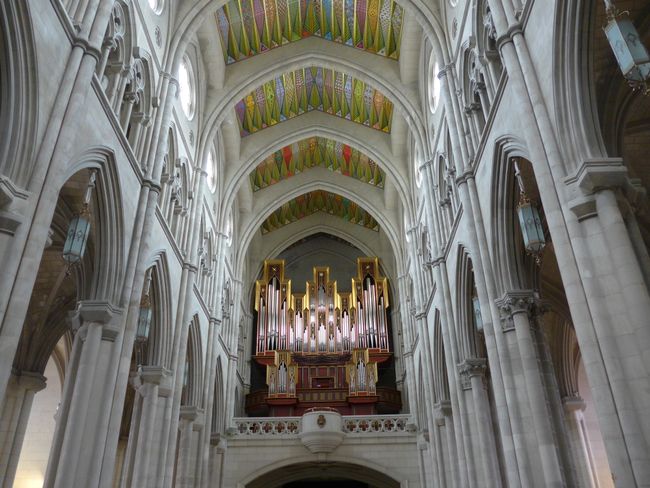
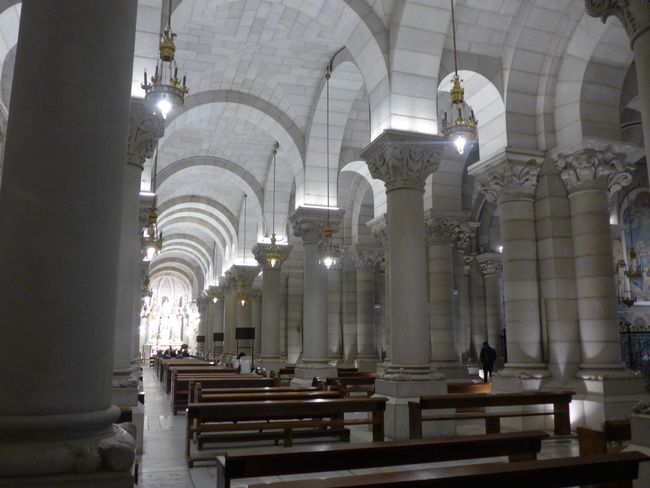
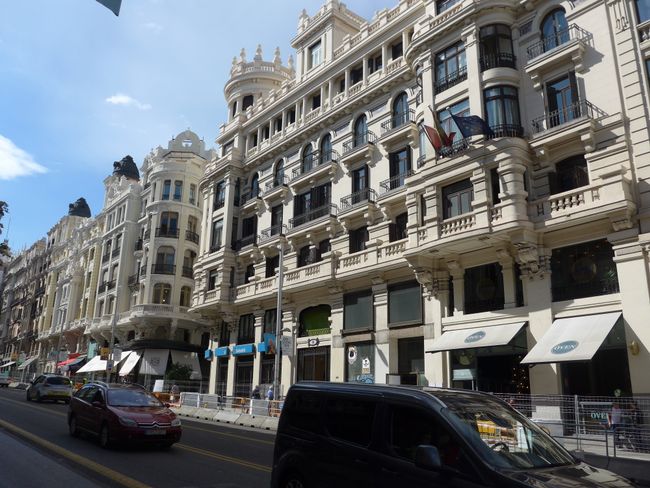
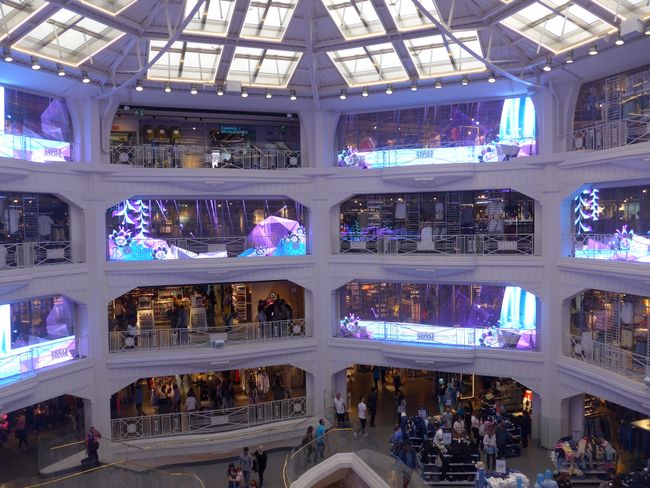
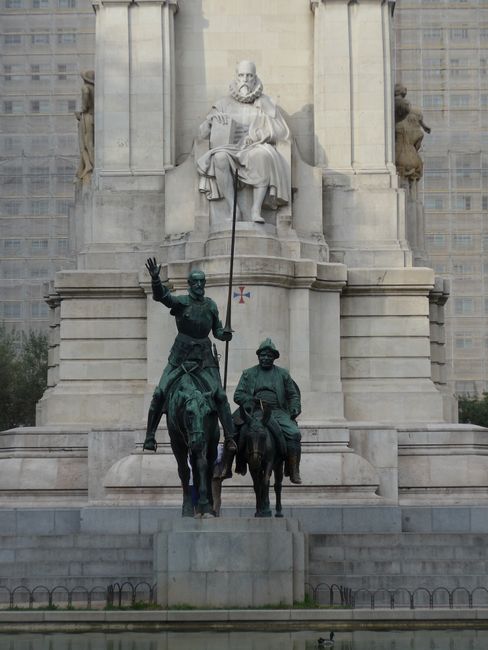
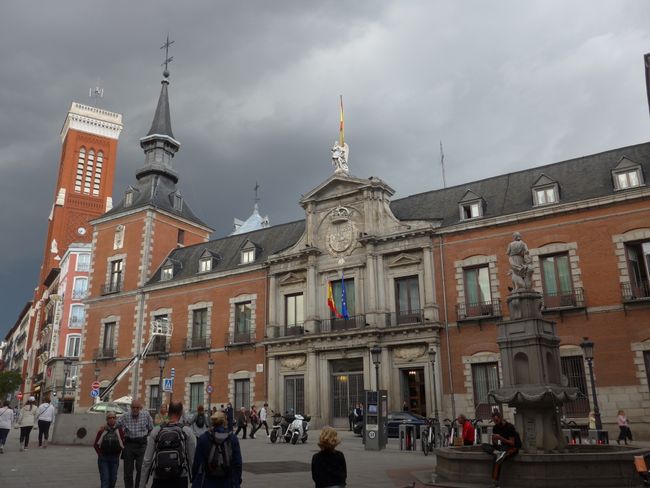
Odoberať novinky
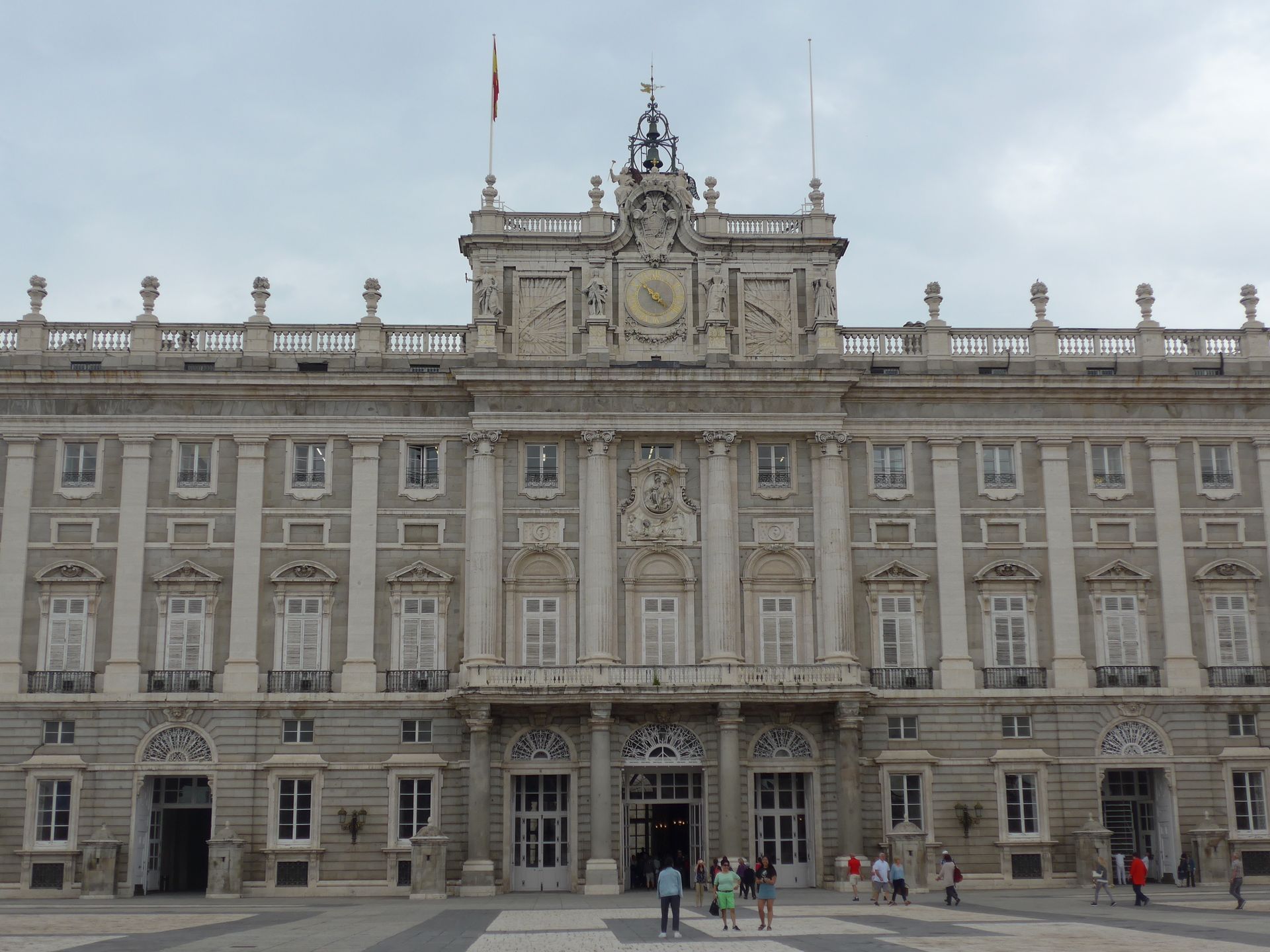
On Monday morning, we visited the Royal Palace, which used to be the residence of the royal family and is still used for representative purposes today.

We had a multimedia guide as our tour guide, who gave us brief information about the impressive furnishings and history of the house in every room.

Directly opposite the Royal Palace is the Cathedral of Madrid, which can be visited for free (donations are welcomed). It was completed in 1999, so the interior decoration is surprisingly modern in parts.

On the other side of the Cathedral is the entrance to the crypt, which is still used today for Masses and is as large as the Cathedral itself. Walking through a forest of columns, you can admire the final resting places of important locals with tombstones in the floor.

In the afternoon, admission to the Thyssen-Bornemisza Museum, which emerged from a private art collection, was free. We took advantage of this and visited the exhibition, which we enjoyed because of the variety of different styles and eras.

Afterwards, we walked along Madrid's grand boulevard, Gran Via, towards Plaza Espana. We expected a street with expensive luxury boutiques, but instead we found stores like H&M and the very popular Primark (judging by the number of bags carried through Madrid).
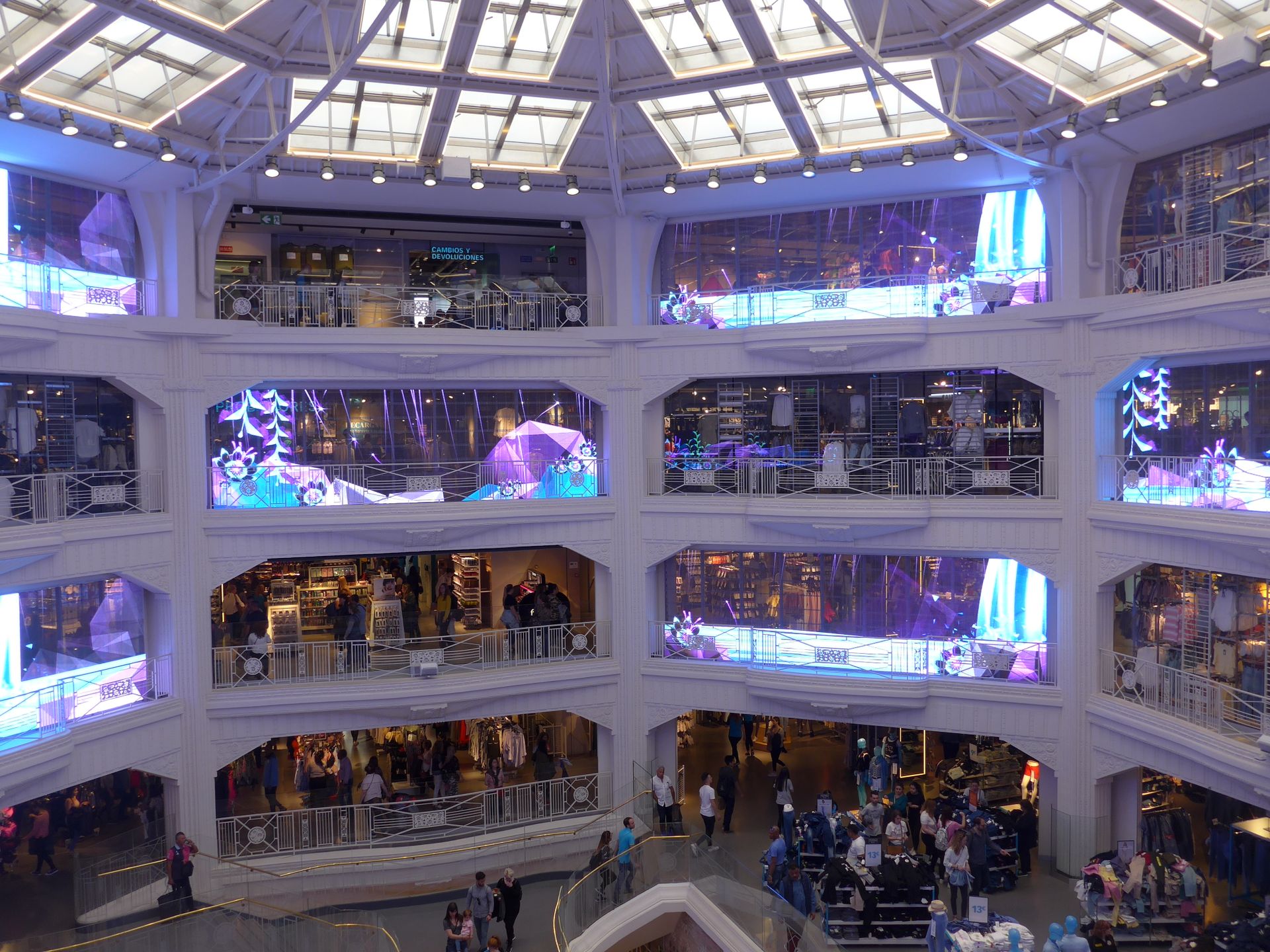
At Plaza Espana, a statue of Don Quixote and his servant was erected in honor of the work of the writer Cervantes.
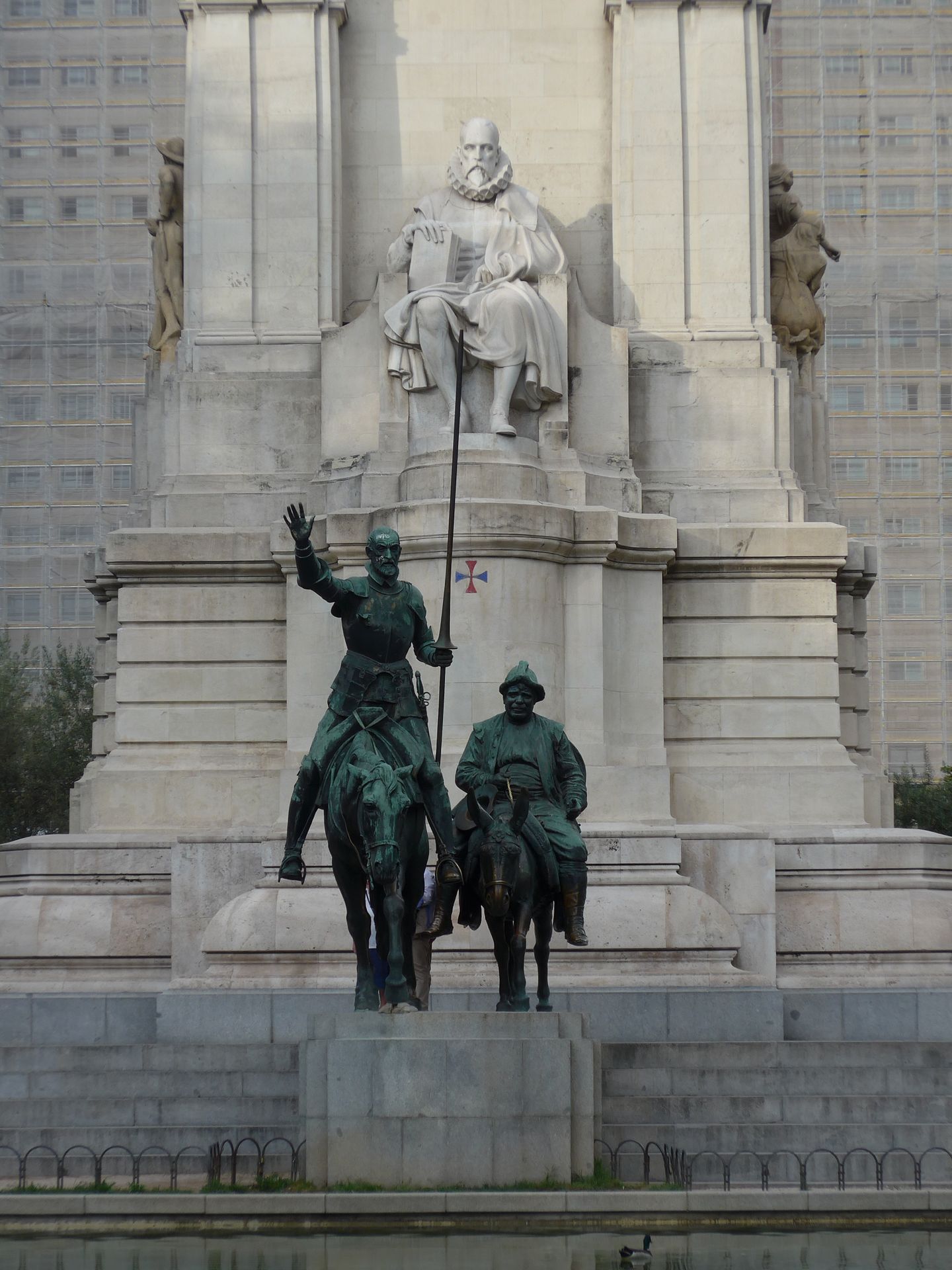
In the evening, we planned a walk through the "quarter of poets and thinkers," where Cervantes also lived. However, a thunderstorm approached right at the beginning, so we postponed this walk to the next day and just made it back to the vacation apartment before the heavy rain started.

We wanted to start Tuesday relaxed and with some exercise because our first activity - a free city tour - was scheduled to start at 11 am. However, the morning started with our alarm not going off, so our day began rushed instead of relaxed. But we still managed to make it to the meeting point of the "Strawberry Tour" on Plaza de Isabel II in time, where we were greeted by a friendly tour guide in English.

She took us on a three-hour tour through the old town with entertaining stories and lots of information. We saw some corners that we had missed before.

We had already crossed the "de Segovia" bridge and wondered why there were glass walls in front of the railing. Now we learned that there were about four suicides per month at that spot, so the city finally took these safety measures (also for the drivers on the road below).
.
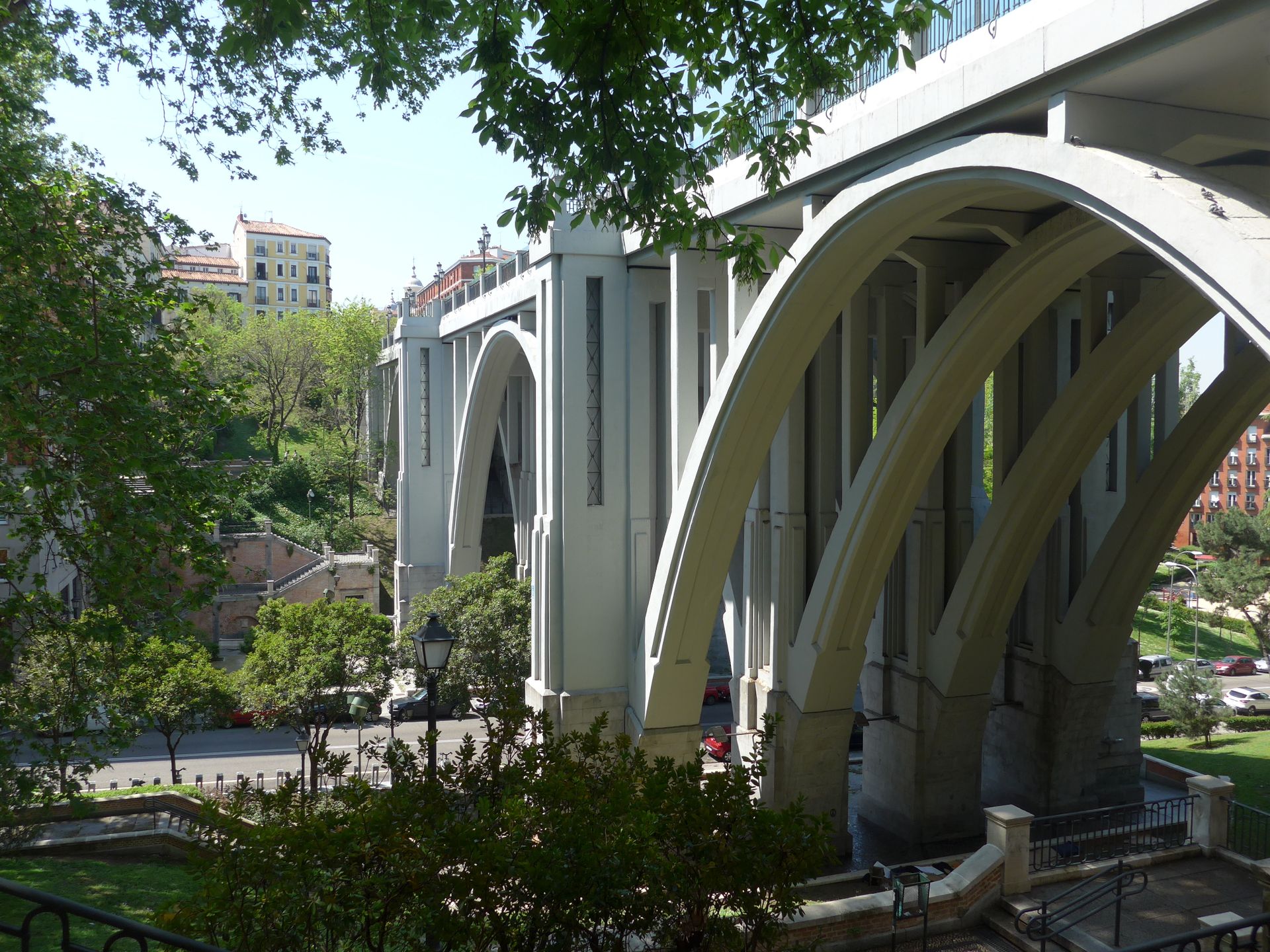
Around Plaza Mayor, the guide showed us various restaurants, including supposedly the oldest restaurant in the world:

However, since we didn't want to spend 60 euros on our lunch, we opted for a typical Madrid "Bocadillo de Calamares" (bread roll with fried squid rings) instead. We stood at the bar like the locals and enjoyed our meal.

With our stomachs full, we set off on a walk through the "quarter of poets and thinkers," which we had actually planned to do the night before. But due to an approaching thunderstorm, we decided against it...
We saw the house where Cervantes is said to have lived and died, and strolled through small streets of the old town.

Finally, we reached Plaza de Santa Ana, where we took a coffee break to relax.
Then we took the metro to the recreational area "Casa de Campo." After some initial difficulties, we wandered through the extensive park with the help of Google.

Hoopoe
We saw few people, but some animals during our walk.
We had planned to take the cable car back to the city. When we arrived at the location indicated by Google, we couldn't see any cable car station. So, in our fluent Spanish (thanks to a vocabulary app), we asked a jogger for directions. Unfortunately, we didn't understand the first answer, but after a few repetitions and gestures, we knew which way to go.
However, we then realized that there were no gondolas and no movement to be seen. So, the cable car was not running (contrary to what the travel guide said). Therefore, we set off on foot back to the city (another 40 minutes).
As compensation, we were rewarded with a beautiful view of the city.
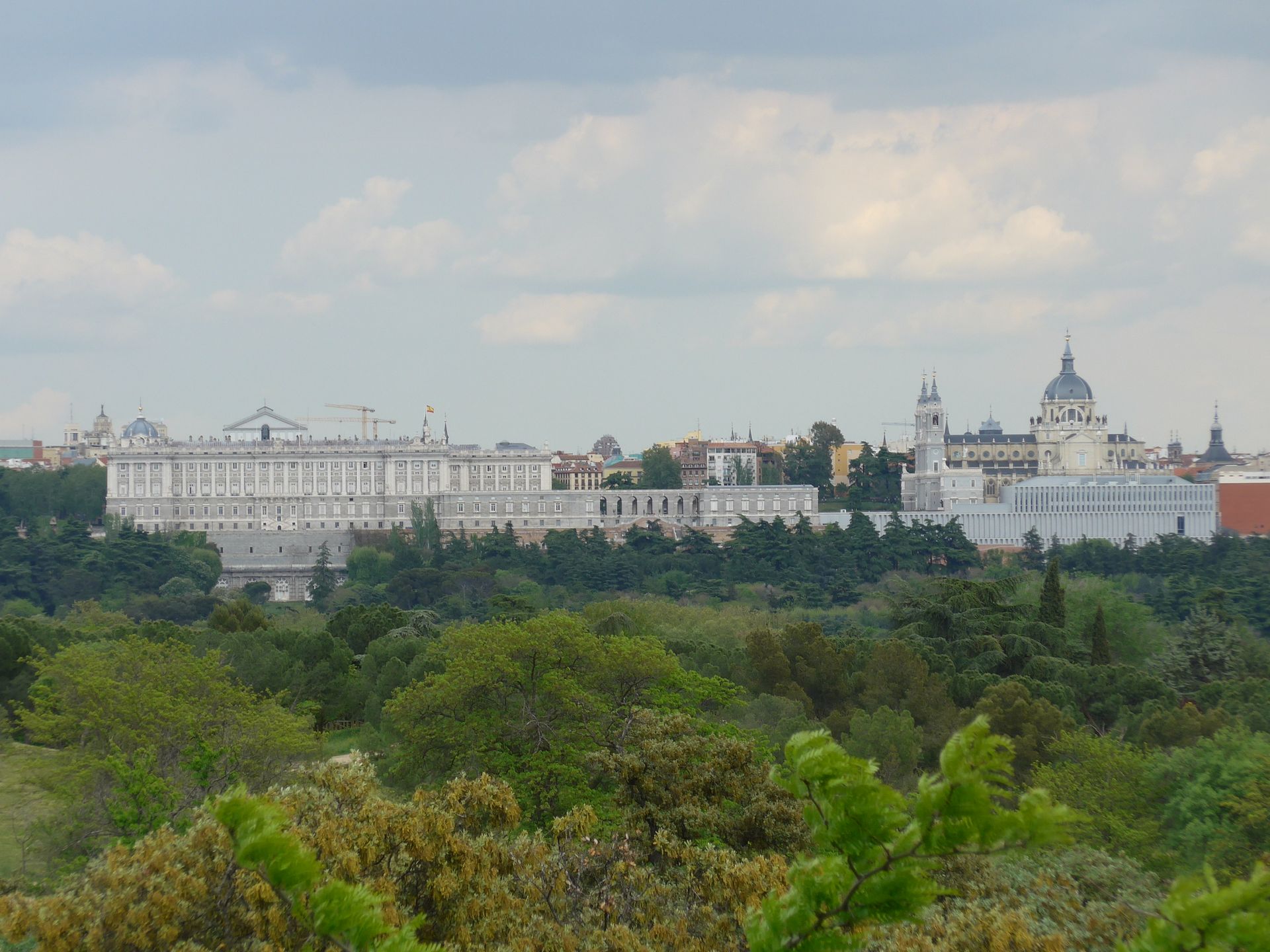
View of the Royal Palace and the Cathedral
Our route was supposed to take us past a beautiful lake. Unfortunately, we couldn't see much of it except for a construction site:

We arrived somewhat exhausted at the "San Antonio de la Florida" church, which was advertised as the "Sistine Chapel of Madrid" in the travel guide. It wasn't quite as grand, but Goya's ceiling painting was still impressive. Additionally, the visit there was much more relaxed since we were the only ones in the room - unlike in Rome, where we were pushed through a crowd of people.

Next on the way was the Temple of Debod, which Spain received as a gift from Egypt for its help in rescuing the Abu Simbel temple during the construction of the Aswan Dam.
Since the temple was about to close, we hurried and gathered our last remaining strength to be able to see it from the inside. We just made it in time, but then we found out that it is currently permanently closed.

Despite everything we experienced so far, we decided to try our luck in the evening with the lottery for tickets at the musical theater. There, you could participate in a drawing and get remaining tickets for 20 euros. This time, luck was on our side, and we got two tickets for the musical "Bodyguard" (El Guardaespaldas).
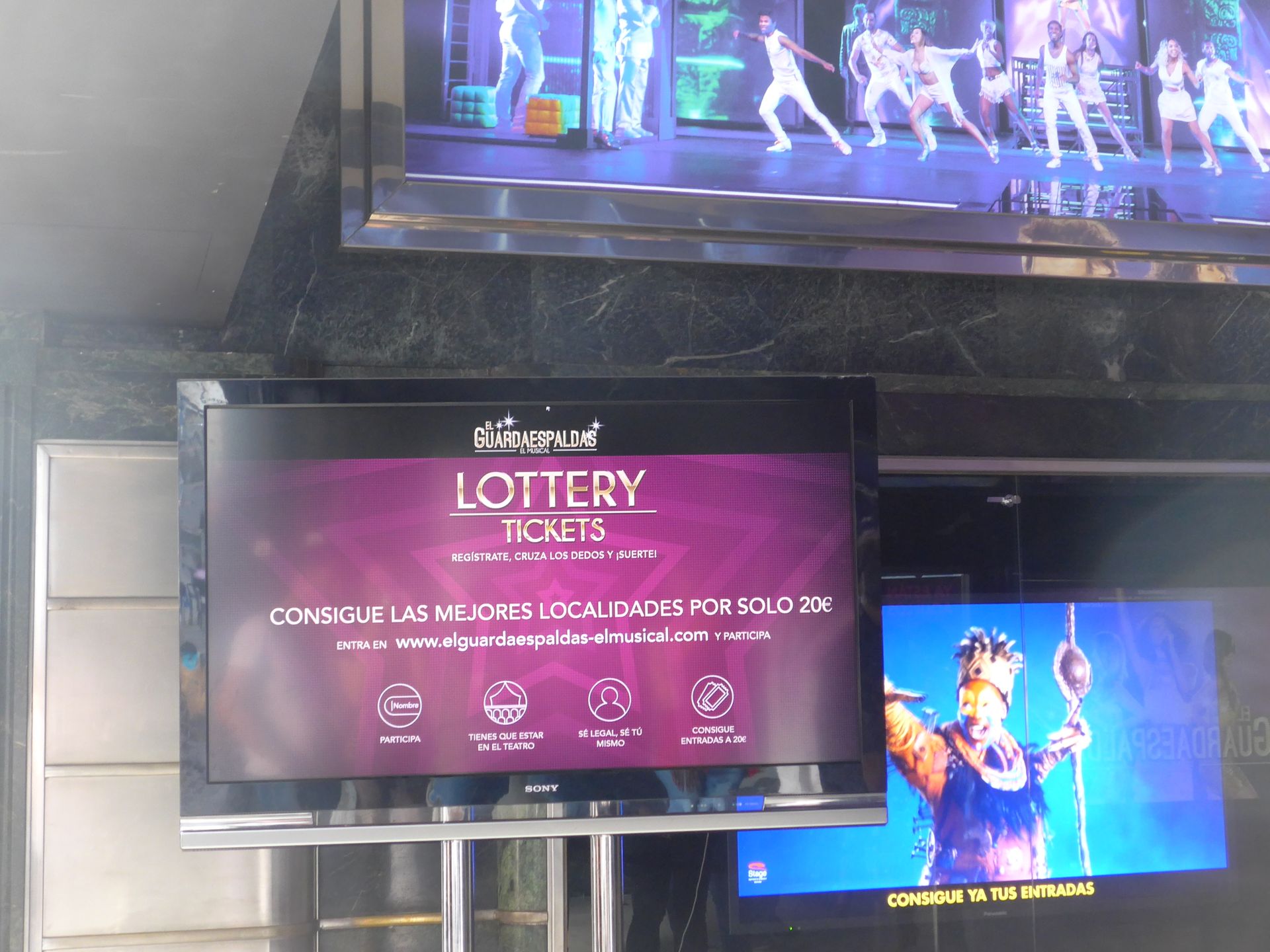
The songs were sung in English, but the dialogue was entirely in Spanish, which was a bit beyond our language skills. However, since we knew the story, we could follow it (it wasn't very complicated) and still enjoy the songs.

Plaza de Espana
On the way back, we passed the illuminated fountain on Plaza de Espana and the Royal Palace, so this long day was concluded with some beautiful nighttime photos.

Royal Palace
Odoberať novinky
Odpoveď
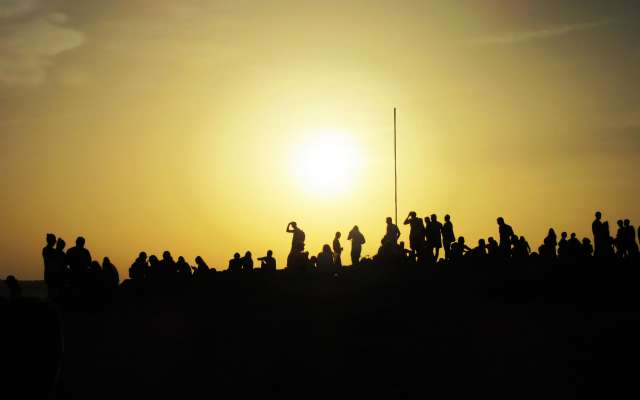
Cestovné prehľady Španielsko
